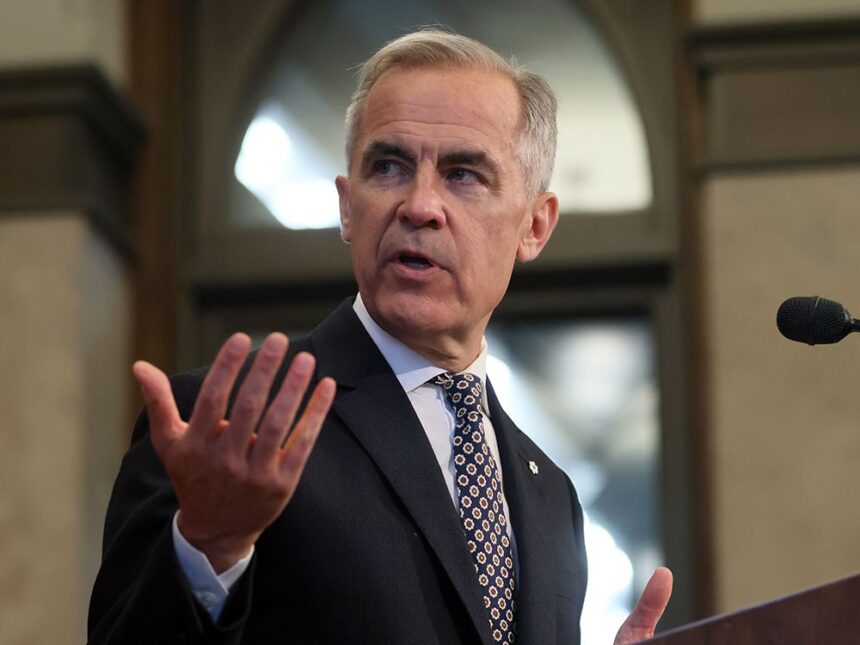As the sun rose over Ottawa this morning, Canadian officials were already preparing their response to Washington’s latest economic salvo. The Trudeau government announced sweeping retaliatory measures against American steel and aluminum imports, marking a significant escalation in the brewing trade dispute between the longtime allies.
“Canada will not be bullied into submission,” declared Finance Minister Chrystia Freeland during an emergency press conference. “For every dollar of tariffs imposed against Canadian exports, we will respond in kind with measured yet decisive countermeasures.”
The Canadian government unveiled a comprehensive package of retaliatory tariffs targeting $3.6 billion in American goods—precisely matching the impact of U.S. duties on Canadian steel and aluminum. These countermeasures strategically target products from politically sensitive states, including agricultural goods from Midwestern farm states and manufactured products from rust belt regions.
Industry analysts suggest this precision targeting is no coincidence. “The Canadian response demonstrates sophisticated understanding of American political pressure points,” notes Dr. Elaine Morrison, trade economist at the University of Toronto. “By focusing on exports from states crucial to the current administration’s support base, Ottawa is maximizing political impact while minimizing economic disruption to its own consumers.”
The tariff dispute emerged after the U.S. reimposed Section 232 national security tariffs on Canadian steel and aluminum, a move that Canadian officials have condemned as unjustified and harmful to integrated North American supply chains. The U.S. administration claims the measures are necessary to protect domestic manufacturing, but economists broadly disagree with this assessment.
The Canada-U.S. trade relationship represents one of the world’s largest bilateral economic partnerships, with approximately $2 billion in goods and services crossing the border daily. Manufacturing sectors in both countries have become deeply integrated over decades, with components often crossing the border multiple times during production.
“This is not merely about steel or aluminum,” explains Michael Kergin, former Canadian Ambassador to the United States. “It’s about the fundamental nature of the relationship between our countries. When national security is invoked to justify trade barriers against your closest ally, it undermines decades of partnership.”
Canadian steel producers are bracing for turbulence but remain confident in their competitive position. “Canadian steel is among the cleanest in the world from a carbon perspective,” stated Catherine Cobden, president of the Canadian Steel Producers Association. “Our integration with American manufacturing has created jobs and prosperity on both sides of the border.”
The dispute occurs against the backdrop of ongoing NAFTA renegotiations and shifting global trade alliances. Political analysts suggest the timing may reflect domestic political considerations in both countries ahead of upcoming electoral cycles.
Business leaders from both nations have urged a swift resolution, warning that prolonged uncertainty could disrupt supply chains and ultimately harm consumers. The Business Council of Canada estimates that sustained tariffs could cost thousands of jobs in manufacturing-dependent communities.
As North American markets adjust to this new reality, the fundamental question remains: can two nations with such deeply intertwined economies and shared values find a path forward that preserves the integrity of their trading relationship, or are we witnessing the beginning of a more profound economic decoupling?























